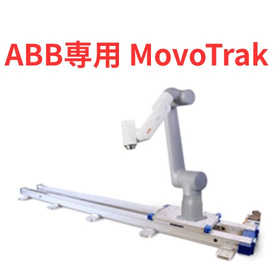Compare collaborative robots by manufacturer! Three key points for selecting collaborative robots!
One of the common concerns we hear from our customers as we assist with automation and labor-saving using collaborative robots and industrial robots is, "There are various manufacturers of collaborative robots, but how do they differ? Which one is the best?" Collaborative robots have been utilized in various manufacturing industries since May 2013, when regulations under the Labor Safety and Health Act were partially relaxed. However, as of 2021, more than 15 manufacturers have developed various collaborative robots, making the selection process increasingly difficult. The major differences among collaborative robot manufacturers lie in three aspects: "payload capacity," "maximum reach," and "applications." For example, in terms of payload capacity, there are robots that can handle weights from 0.5 kg up to 35 kg, and regarding maximum reach, there are models ranging from around 200 mm to 1800 mm. Furthermore, in terms of applications, some robots come standard with cameras for position correction, while others are equipped with torque sensors that can be used for processes such as fitting and deburring, which are significant factors influencing the selection process.




![[Data Presentation] Collaborative Robots with SBC | Realizing AGV/AMR](https://image.mono.ipros.com/public/product/image/16a/2000684875/IPROS57897148198789993905.jpeg?w=280&h=280)






